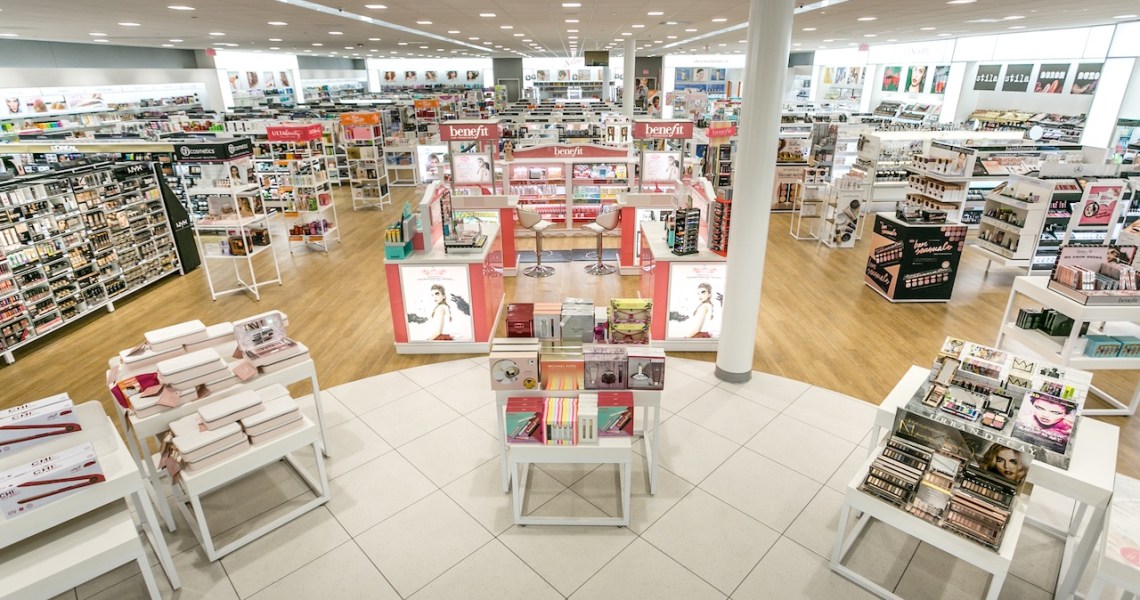Ulta Beauty has officially become a VC player.
On Wednesday, Ulta Beauty launched Prisma Ventures, a $20 million VC fund focused on digital innovation in beauty. First announced at Ulta Beauty’s Analyst Day last October, Prisma Ventures is focused on investing in early-stage beauty-tech startups in four key areas. These include “personalized and data-driven technology,” “AR, VR and the metaverse,” “technology-powered custom beauty products and in-store services,” and “social commerce.”
“The goal is to define this next chapter of what the future of beauty [looks like], and shape and be part of this disruption,” said Agustina Sartori, Ulta Beauty’s managing director of Prisma Ventures. The founder and CEO of AR beauty-tech company GlamST, Sartori joined Ulta Beauty as its director of innovation in 2018 when the beauty retailer acquired her company.
Around 80% of Ulta Beauty’s VC investments will go to the four stated areas of focus, said Sartori. The remaining 20% will be for “thinking about what can really be disruptive” in beauty or in retail and commerce more broadly. Seed and Series A rounds will be the “sweet spot” investment stages for the new fund, said Sartori.
Since October 2021, the Prisma fund has already been used to invest in startups Revea, LUUM, Haut.AI and ReStyle. Previously, Ulta Beauty invested in Adeptmind, Mink and Iterate.ai.
Beyond capital support, Ulta Beauty aims to form strategic partnerships with the startups it invests in. In addition to its investment, Ulta Beauty gave Iterate.ai the “opportunity to test, learn, deploy and scale our low-code AI innovation platform,” said Jon Nordmark, co-founder and CEO of the startup.
Prama Bhatt, chief digital officer at Ulta Beauty, said in a statement, “We set out to build lasting relationships with startups, welcoming them into our ecosystem, co-creating and experimenting in ways that tap each other’s expertise and ultimately leverage our resources to imagine — and reimagine — what’s next for retail and beauty.”
Ad position: web_incontent_pos1
According to Sartori, brands can benefit from “the collaborative strategic partnership,” as well as “the access to market, to our innovation team, to consumer insights, to testing in market.” Startups will have access to test their tools with Ulta Beauty’s customer base, including its 37.7 million loyalty program members.
Ulta Beauty does not guarantee that it will use the technology of all the companies it invests in, but it does enlist partners on a “case-by-case basis,” said Sartori. Haut.AI, for example, announced a strategic partnership with Ulta Beauty in March this year. The startup developed inclusive skin scan technology that’s currently available as part of the skin analysis tool on the Ulta Beauty app, while Ulta Beauty is contributing insights on product preferences to the Haut.AI recommendation system.
“Even before we started the fund, we were already doing this as digital innovation, but more from the partnership perspective only,” said Sartori. “And now with the fund, we bring on the possibility of, yes, strategic partnership and also the financial support. In a way, [we’re] working more seamlessly together as much closer partners than before.”
Acquisitions have also been part of Ulta Beauty’s tech investment strategy. In the same month that Ulta Beauty acquired GlamST in 2018, it also acquired AI tech startup QM Scientific, which contributes to the recommendation algorithm in the Ulta Beauty app. While acquisitions are not the main goal, said Sartori, “Of course, in the future, it may happen that Ulta Beauty acquires another technology company.”
Ulta Beauty joins a trend of major beauty companies diving deeper into venture capital and tech acquisitions. L’Oréal Group acquired Modiface in 2018, and its VC firm Bold has invested in a range of beauty-tech startups including Japan-based personalized beauty platform Sparty in May this year.
Ad position: web_incontent_pos2
“A lot of changes are happening in the industry, and a lot of it is experimental,” said Sartori. “It’s about being ahead. It’s about not waiting for disruption to happen, but really being part of the disruption that is happening.”


